A True Story from the Chair
Meet Emma, a 34-year-old graphic designer with a deep-rooted fear of dental visits. For years, she avoided regular checkups until a sudden toothache left her no choice. Her dentist, Dr. Patel, noticed her distress and offered something new: a virtual reality headset and an individualized care plan designed just for her.
Instead of staring at the bright overhead light, Emma found herself floating through a coral reef. Her treatment was explained in detail beforehand, her preferences were honored, and breaks were offered when she needed them. The difference was night and day—Emma completed her procedure without panic and left the clinic smiling.
Her story isn’t unique—and it’s reshaping the dental experience.
The Power of Virtual Reality in the Dental Setting
Virtual reality works by immersing patients in calming, immersive environments that distract the brain from anxiety-inducing stimuli. Here’s how VR contributes to improved care:
-
Reduces perception of pain
-
Minimizes anxiety by offering sensory detachment
-
Promotes relaxation and lowers blood pressure/heart rate
-
Improves tolerance for longer procedures
Combined with noise-canceling headphones, patients often forget they’re in a dental office at all.
Why Individualized Care Plans Matter
No two patients are the same—and that truth lies at the heart of modern dental care. Personalizing treatment goes far beyond choosing fillings or cleanings. It involves understanding the patient’s fears, expectations, health history, and communication preferences.
Benefits of Tailored Dental Anxiety Management:
-
Improved Treatment Outcomes
-
Customized care builds trust, making patients more likely to follow through with complex procedures.
-
Dentists can schedule shorter sessions or use techniques like sedation and VR based on individual needs.
-
-
Enhanced Patient Compliance
-
When patients feel heard and in control, they are more likely to attend follow-up visits and maintain oral hygiene.
-
VR becomes a motivator—patients might even look forward to the experience.
-
-
Fostering Long-Term Oral Health
-
Reducing anxiety early on (especially in children or trauma-affected adults) helps develop positive associations with dental visits.
-
Over time, consistent care leads to fewer emergencies, better preventative care, and overall well-being.
-
Creating a Patient-Centered Dental Journey
Here’s what an anxiety-conscious, tech-enhanced care plan might include:
| Feature | Purpose |
|---|---|
| Anxiety Assessment | Understand patient triggers and stressors |
| Virtual Reality Integration | Offer escape and emotional comfort |
| Sedation Options | Light sedation or nitrous oxide if needed |
| Procedure Previews | Use visuals to explain steps and expectations |
| Scheduled Breaks | Let patients pause when needed |
| Soothing Environment | Calming music, warm lighting, gentle smells |
With these tools, even the most fearful patients can regain confidence and control.
A New Generation of Dental Care
Emma now visits Dr. Patel every six months without hesitation. She brings her favorite Spotify playlist, picks her virtual environment, and even chats with her dental team about upcoming vacation plans—something she never thought she’d do in a dental office.
Technology like VR isn’t about replacing dentists. It’s about empowering them to care better, connect more deeply, and create positive lifelong habits in their patients.
Conclusion: A Brighter Smile Through Empathy and Innovation
Dental anxiety shouldn’t stand between anyone and their health. Virtual reality and individualized care plans are transforming the dental experience, one patient at a time. By acknowledging fears and providing tailored, tech-enhanced care, dentists can help people not just survive appointments—but actually look forward to them.
So if you’re someone who dreads the dentist, ask about virtual reality and customized options. The future of dentistry isn’t just high-tech—it’s human-centered.
FAQs: Managing Dental Anxiety with Virtual Reality
1. How does virtual reality help reduce dental anxiety?
VR distracts patients from the dental environment by immersing them in calming, visual experiences, reducing awareness of procedures and discomfort.
2. Is VR safe to use during dental procedures?
Yes, VR is non-invasive and safe for most patients. Dentists will screen for motion sickness or vision issues before use.
3. What types of environments can VR provide during treatment?
Common options include underwater scenes, forests, beaches, and even guided meditation sessions.
4. Can children use virtual reality during dental visits?
Absolutely. VR is particularly helpful for pediatric patients by making dental visits fun rather than scary.
5. Will insurance cover virtual reality use in dentistry?
It varies. Some dental practices include VR in their standard offerings, while others may charge a small fee.
6. What’s involved in an individualized dental care plan?
A care plan includes anxiety assessment, patient preferences, customized sedation options, and communication tailored to the patient’s comfort.
7. Do patients still need numbing or sedation with VR?
VR is a great complement to numbing agents and sedation, but not a replacement. It helps reduce the need for stronger sedation in many cases.
8. Is VR only for anxious patients?
While especially beneficial for anxious patients, anyone can enjoy VR as a way to relax during long procedures.
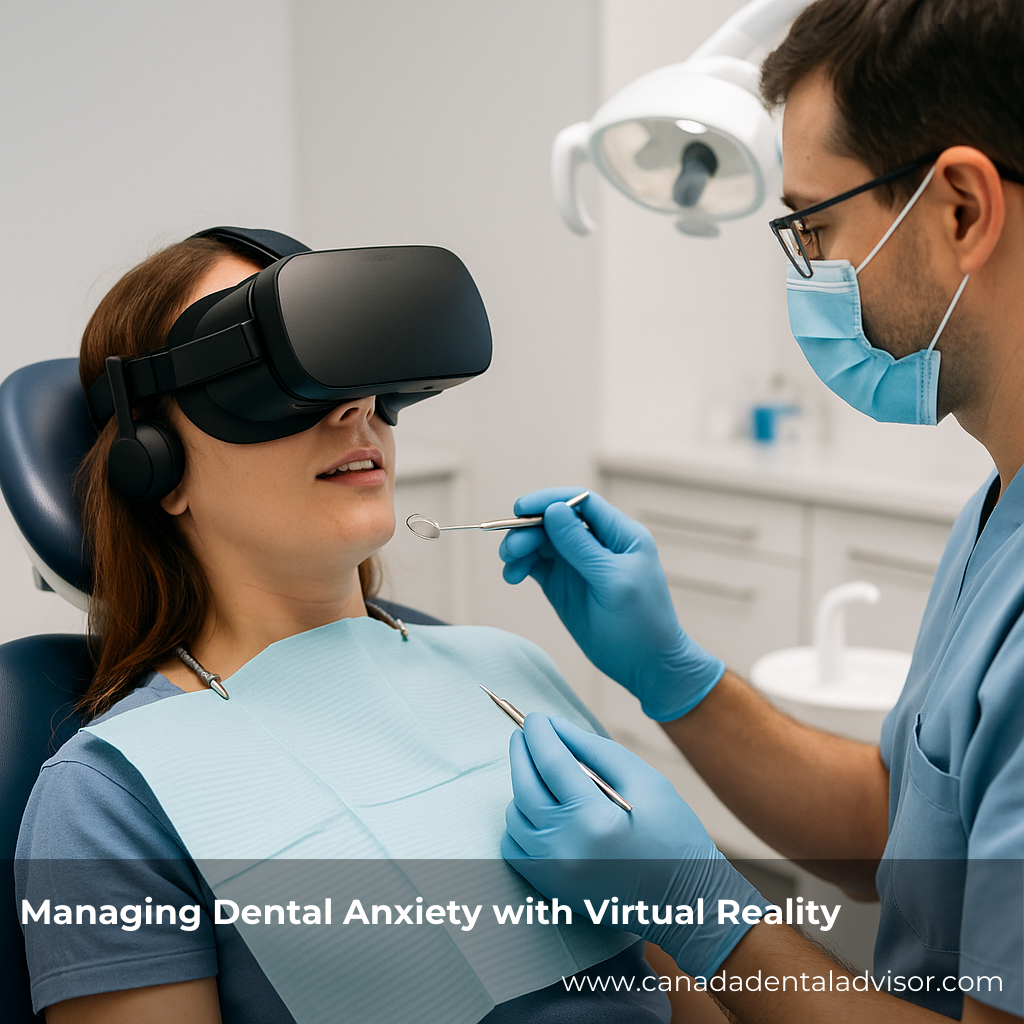
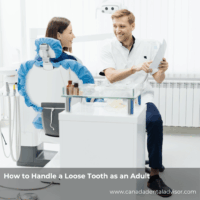

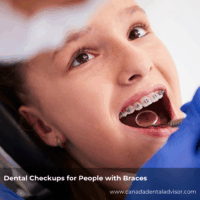



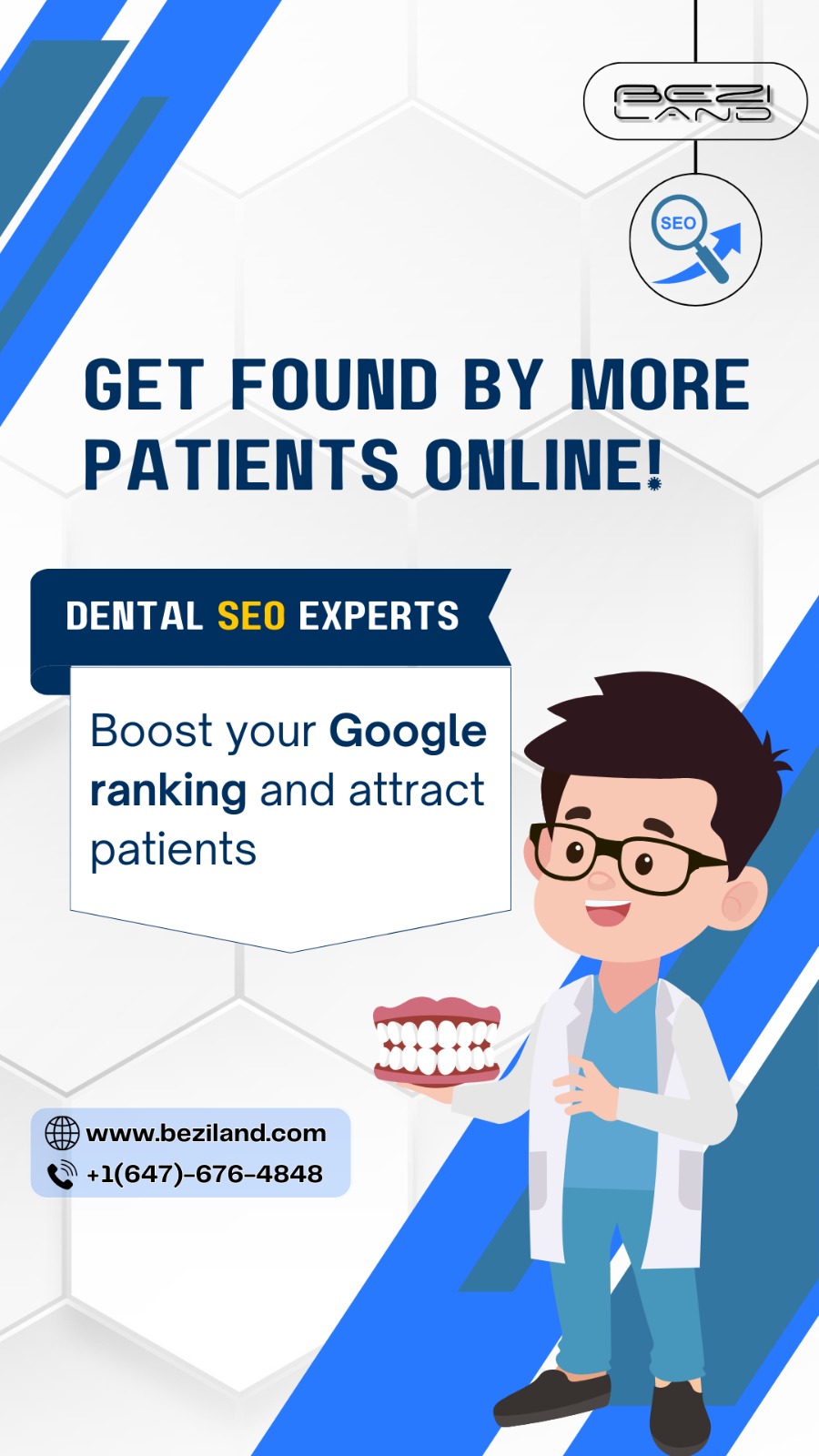
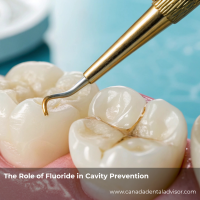


Leave a Reply